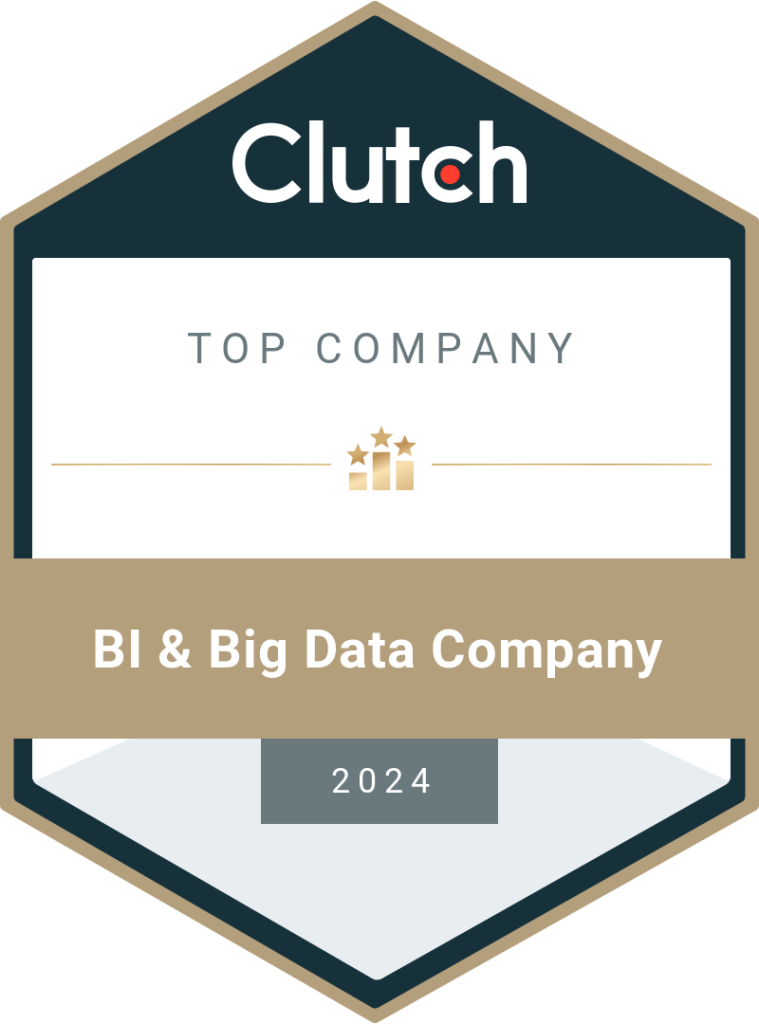Impact of Big Data Analytics in Retail Industry (Simplified)
There is a huge demand for automating the traditional data management system for retail industries. The data generated online is increasing every second with the ever-changing shifts in customer behavior. In fact, about 40% of marketers study the consumer journey for crucial decision-making. The traditional methods might have been very useful and served you well but they are not as accurate as of the latest methods. To track the volume, velocity, and variety consequently is a complicated procedure but cannot be ignored in the digital era. This is why big data has originated as an independent stream in data science. The first step of analytics is to collect data. The aim is to find out an easy way to process the data that will provide you with insights to take corrective actions. Big data analytics plays an important role in this situation, especially in the retail sector. Let us understand how? What is Big Data Analytics in Retail? Retail analytics is the concept that uses big data to optimize the price and supply chain while analyzing consumer behavior. Thus, a huge amount of data is used to determine the patterns, trends, human behavior and their interactions. In the retail industry, big data analytics helps companies collect and analyze customer purchase history and preference data, which further helps them attract new customers. The retail industry needs to collect a large amount of data for the sales of their product and this includes a customers’ purchase history. The amount of the data collected proceeds to expand further due to the availability and range of the business in online mode. Once this data is collected, stored and ready, big data analytics helps to identify customer behavior, shopping habits and patterns. It helps to improve the quality of service provided to the customers. Thus, leading to customer satisfaction. No wonder, big data analytics in the retail market was estimated at USD 4.18 billion in the year 2020. The market is expected to reach USD 13.26 billion by the end of 2026. Applications of Big Data Analytics in Retail The global retail analytics market is predicted to grow from $5.84 billion in 2021 to $18.33 billion in 2028. From a business standpoint, retailers will need to empower people across their organization to make decisions swiftly, accurately, and with confidence. The only way to achieve this is to harness big data and behavior retail analytics, to make the best plans and decisions, understand customers more deeply, uncover hidden trends that reveal new opportunities, and more. Below is the list of applications of big data analytics in the retail industry. Customer Segmentation This is one of the most important components in the retail organization. It provides you with various ways and shows how different sections of society respond to the shifts in demographics and trends. It helps to segment customers in the following manner: Segment A: Customers who respond to the new promotions and advertisements Segment B: Customers who acknowledge the new product commencement. Segment C: Customers who respond to various discounts. Segment D: Customers who show a tendency in purchasing specific goods. Segment E: Customers with varied purchasing power Campaign/ Promotion Effectiveness Analysis Once the campaign has launched, it’s necessary to study consumer response. The effectiveness of the campaign can be observed across various social media to study the ROI. This will greatly help you in understanding the main factors contributing to the success of the campaign. Customer Lifetime Value (CLV) Not every customer will respond in a similar pattern. In this case, Customer Lifetime Value will help to calculate a relative amount of Risk-Adjusted Revenue and Risk-Adjusted Loss, which helps to assess the risk-return link. This gives an examined level of possibility of making money or suffering a loss on an investment. This includes adding some Net Present Value (difference between the present value of cash inflow and cash outflows for a certain period of time) and deducting the customer’s services. Customer Potential Presently, the customers who are not profitable for you may have a possibility of being profitable in the future. By this, we can say that it is very important to recognize the customer who has a high capability and adjust the marketing strategy accordingly. Customer Loyalty Analysis To retain an existing customer is more economical and effective rather than getting a new one. It’s important to get the best plan for the retention of customers by evaluating the reason they are leaving. Here, big data analytics helps you to understand customer retention considering the various factors that influence customers to drill down any transaction which might result in the change of the loyalty of customers. Cross-Selling Retailers rely on the data of the existing customers while cross-selling other products at the time of purchasing. Cross-selling can be done through product portfolio analysis as the portfolio represents all the products or services offered by a company. This way, it is possible for the retailers to sell the products that are missing from the portfolio. Price Optimization Data analytics uses algorithms that perform several important functions for price optimization. It tracks the demand for the products in the market and observes the activities of the competitors. These factors are considered while optimizing the price of the product. Future Performance Prediction Big data analytics helps collect and observe the customer’s interaction behavior about the product and services, such as customer queries via call, email, or social media. This further helps the companies compare the test to take preventive measures. To Select the Highest ROI Opportunities Most retailers benefit from big data analytics in understanding the possibility of the customers base. With all this information they can estimate the market strategies with the highest Return on Investment (ROI). Demand Forecasting Demand forecasting is another benefit big data analytics contributes to the retail sector. Here, the factors to be considered are sales figures, environmental conditions, market conditions as additional help to determine the demand for the production services. Out-Of-Stock Analysis Big data analytics in the retail
Read More





